Eastern wisdom has always fascinated me, especially since I am less versed in it in comparison to European philosophy, I even attribute my little knowledge of Eastern wisdom to the Europeans, as they are unfortunately the providers of that knowledge. Western productions dominate the cultural scene in general, which is evident through Hollywood’s supremacy, however, East Asian cinema still has a unique presence. Many East Asian directors’ movies have always topped the lists of worldwide cinemas, and it is sufficient to mention the famous Japanese director Akira Kurosawa here.
As a cinema lover, I began to move away from what Western cinema suggests to me, so I decided to watch a movie recommended by a friend as the best movie that South Korea had produced. I was impressed at the time by its title, which mentions the four seasons, starting with spring, which is the most giving of all seasons, with its beautiful plants and trees, and ending with spring again, to give us a sense of going full circle.
I have always imagined Buddhist monks as detached from everyday life, and this is what the film succeeds in portraying, not to prove or deny this perception, but by providing events that speak to the human condition. Imagine a small temple floating in the middle of a lake in a forest between mountains, inhabited by an old monk and a young boy. Here, the film creates a sense of disconnection from the world, we do not know the era of the events, the names of the main characters, or even the biological relationship between them. What we know is that this monk is the boy’s mentor and that their duties center on teaching, learning, contemplation, and prayer.
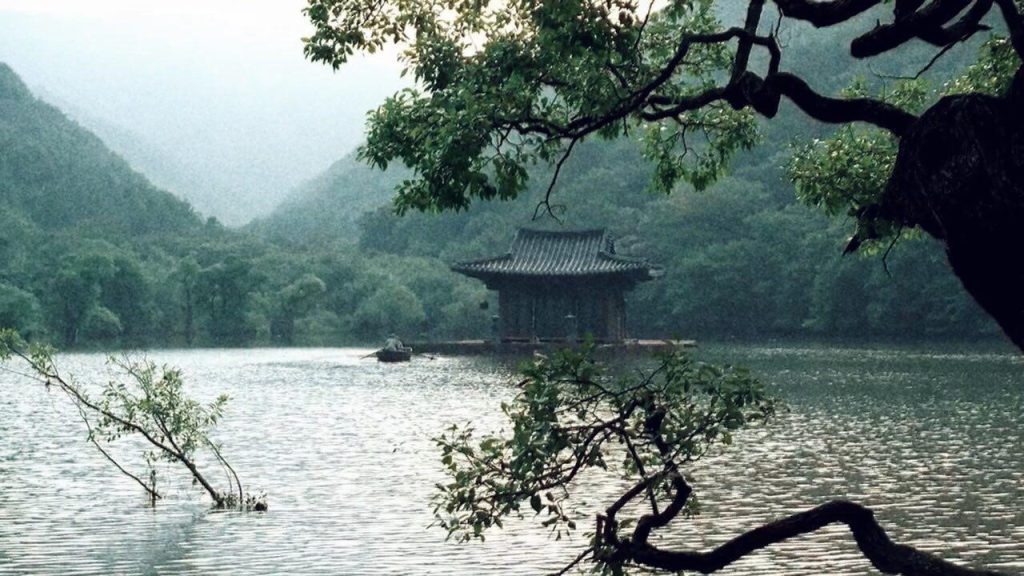
Learning and making mistakes go hand in hand
The education process is complex, I wonder how someone could stand in front of a group of students and teach them an idea. This leads us to many questions, including: how can we ensure that the student comprehends the idea completely? Is knowledge alone sufficient if not accompanied by experience? What drives people to make mistakes if they understand a specific idea? All of these questions are raised in the film, and the director tries to answer them –using Buddhism to form a comprehensive picture of the world – not through dialogue, but rather through actions, thus opening a horizon for multiple interpretations and explanations, which we rarely find in Hollywood movies. At the beginning of the film, the young boy goes on his mission to collect useful herbs, but instead of doing so, he finds a frog, a snake and a fish, and ties each of them with a string around a small rock, hindering their movements. We don’t know what prompted the boy to do this, knowing that this would certainly harm the animals. We refer here to Buddhism and its belief that evil is human nature and that goodness is acquired. The boy laughs at the three animals and their inability to move, unaware that his mentor is watching him from afar.
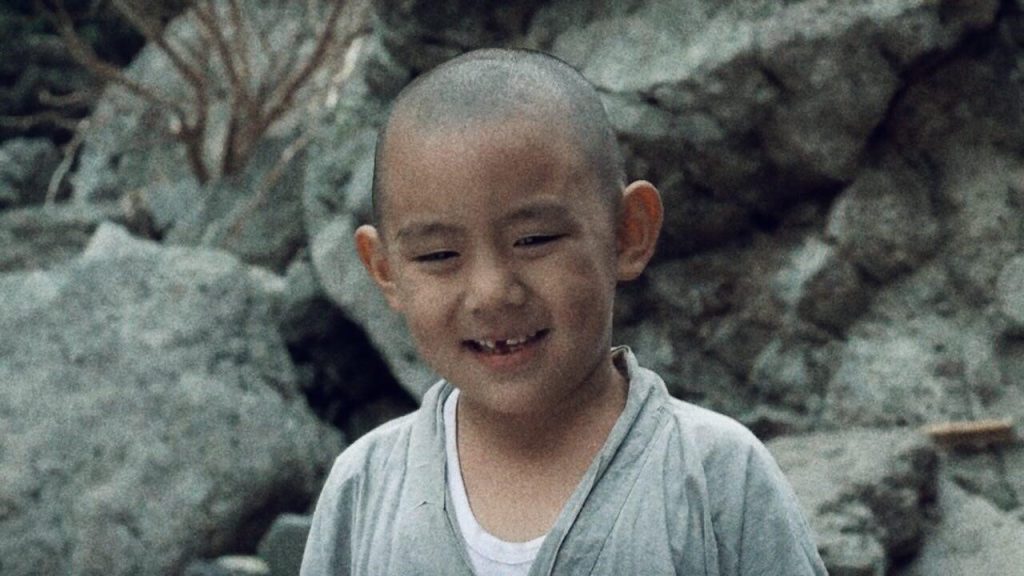
The boy wakes up the next day tied with a rope to a rock that is too heavy for him to move, then his mentor orders him to free the snake, the frog, and the fish, saying “if they die, you will carry this rock in your heart forever.” – This reminds me of what Cain said after he killed his brother: “My sin is greater than I can bear.” – The student tries to move and get to these weak creatures while stumbling with every step, only to find some of them dead. Later, the boy starts crying from sorrow.

Mistakes go hand in hand with learning. The student only learned when he made a mistake, because this mistake came from him, with his knowledge of its consequences and his full will. What distinguishes the film is that it addresses everyone’s right to make mistakes. The teacher did not prevent the student from making the mistake the moment it occurred, but rather let him commit it and then ordered him to correct it, even if the price for this was his life. After an unknown time has passed, summer comes bearing rain showers and horrible humidity, with people searching for consolation and remedies within the spirituality of temples and nature. A mother and her daughter visit the temple, we can see the awe in their faces at the stillness of the place, we see the girl’s frowning face and the youthfulness of that little boy who has become a mature young man with a look of astonishment on his face, the look one makes when admiring someone’s beauty. The young man leads the two visitors, let them pray to Buddha, hoping that the mother will heal her daughter at the hands of this monk. Then the mother entrusts her daughter to him and leaves. The young man is attracted to the girl, and she is attracted to him as well. Later on, little by little, her face starts flourishing, promising her spiritual recovery.
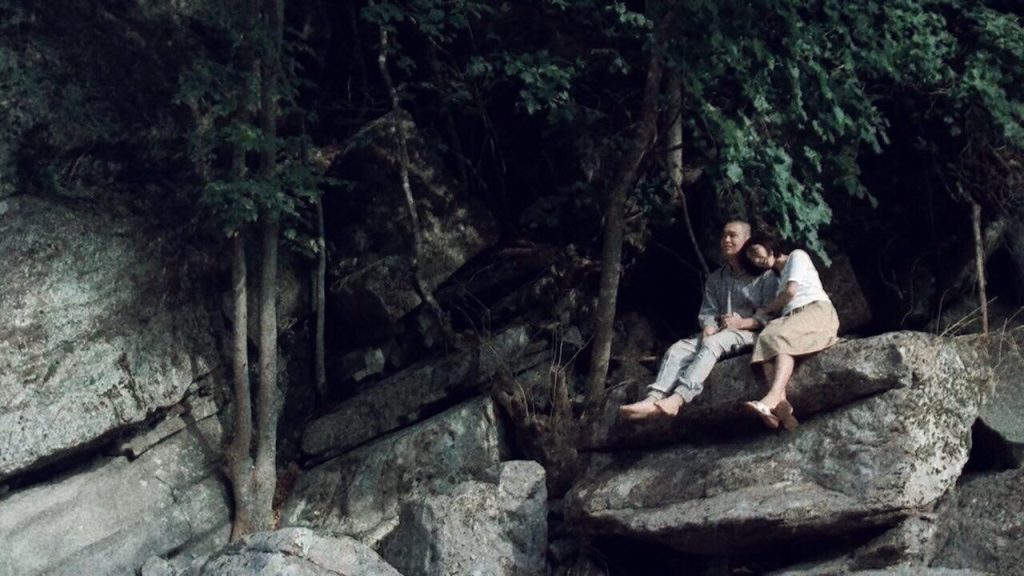
The student again forgets that his mentor is watching from afar, thus, he tries to apologize to his mentor for committing such grave mistake, his mentor answers him that this love and lust might “be part of this girl’s recovery, but this will make you possessive, and this in turn will awaken in you the desire to kill.” The mentor again warns his student of the consequences of his mistakes but does not prevent him from committing them. That is how life has always been, a cycle of committing mistakes and learning from them, or even fixing them if you are lucky. Nevertheless, this warning does not stop the young man from holding on to the girl, therefore, he follows her after she leaves, leaving the life of asceticism and contemplation behind him. Did the young man make the wrong decision? Or is it a mistake necessary for the continuity of his life, especially his learning journey? What is the difference between this and that? This is what the film tries to answer, which speaks to our lives and the time that passes irrevocably.
The journey
After the young man’s sudden departure, the director moves to the fall. The monk reads the newspaper, which contains a piece of news regarding a man who killed his wife. The monk identifies the man as his own student who left during a long summer. Afterwards, the young man surprises us by returning to the temple as an adult escaping the grip of the law, displaying signs of anger and hatred for women. This is what his mentor warned him about, lust generates anger and the intention to kill. A man’s life is dear to him, and for our man, the temple is the only place in which he can seek asylum. Our life is our main motive and is a means and an end in itself. This is my journey, your journey, and the journey of anyone who shares this earth with us. Anyhow, the student is experiencing a state of denial in his attempt to escape from the consequences of his actions, but here the monk comes to give him his last lesson, which is to engrave on the wooden floor of the temple some sacred words that will remain in his heart even with the passage of time, like the teachings of Buddha, that remain engraved in the hearts of his followers regardless of the passage of time. The student spends an entire day digging while two policemen wait for him to arrest him as soon as he finishes his lesson, which is to follow in the footsteps of those who came before us on this journey that is full of obstacles and evil. The director embodies the path of following the steps of our ancestors with a door and a sleeping mat, as there is a door inside the temple with a sleeping mat next to it. If the student wants to get up, he must go out through this door, even though there are other ways to exit the temple. The student finishes engraving the words in his heart, so he goes with the two policemen without resisting, with the signs of anger disappearing from his face, marking the completion of his educational journey. Later on, the monk ends his life only because he completed teaching his student the words of Buddha.
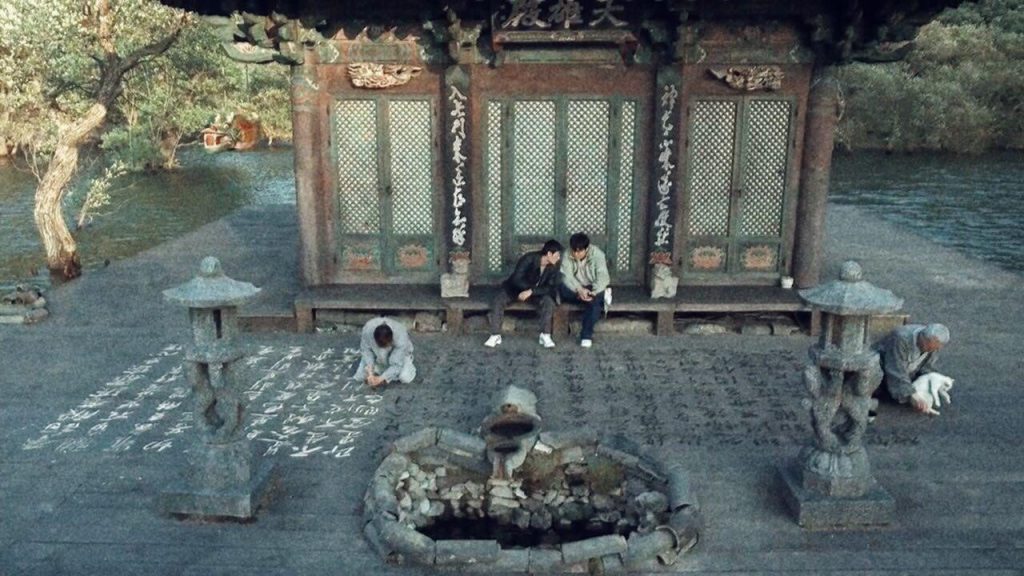
After a while, winter comes, and we watch as the old door in the middle of the (now) frozen lake is being opened by a grown man who appears to be forty. He walks towards the temple in the middle of the lake on foot, opens the door, and finds the place in ruins, covered in snow and filled with cold air. The man initiates repairing the temple to return it to its previous condition. I believe the temple is a symbol for a man’s heart, his religious state, etc., which means that this grown man’s heart was empty and corrupt, and he decided to fix it.
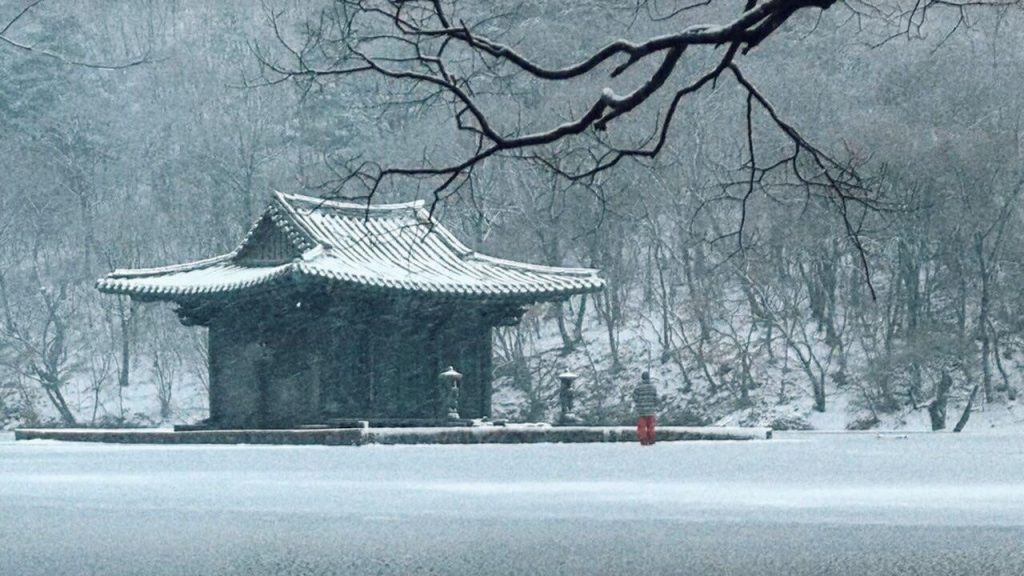
After the man settles down, a woman visits him with her infant. It seems like she wants to get rid of him and has not found a better place than this temple, and the man takes him in without any hesitation. When the snow begins to melt one day, the man ties a rock to his body, carries a statue of Buddha, and heads towards the mountain to reach its summit, declaring his responsibility as the new monk of the temple and the mentor of this infant – I remember here Dante’s conception of purgatory as a mountain where souls ascend to reach a new stage of repentance and spiritual advancement. After much trouble and hardship, the new monk succeeds in reaching the highest point of the mountain with signs of happiness and peace on his face, or what Buddhism calls “Nirvana,” which is the ultimate goal of Buddhism. It is a state of separation and merging with the spirit of nature, higher than human pain and pleasure. The student’s journey represents every human being’s journey in life. We make mistakes and try to correct them but fail, then we learn and teach, with the same process repeated across other generations. The film ends with the same season it began with it, which is spring, portraying the repetition of this cycle with a little boy harming a snake, a frog, and a fish while laughing at their weakness – Here, I acknowledge the director’s intelligence for using the same actor that played the little boy at the beginning of the film.
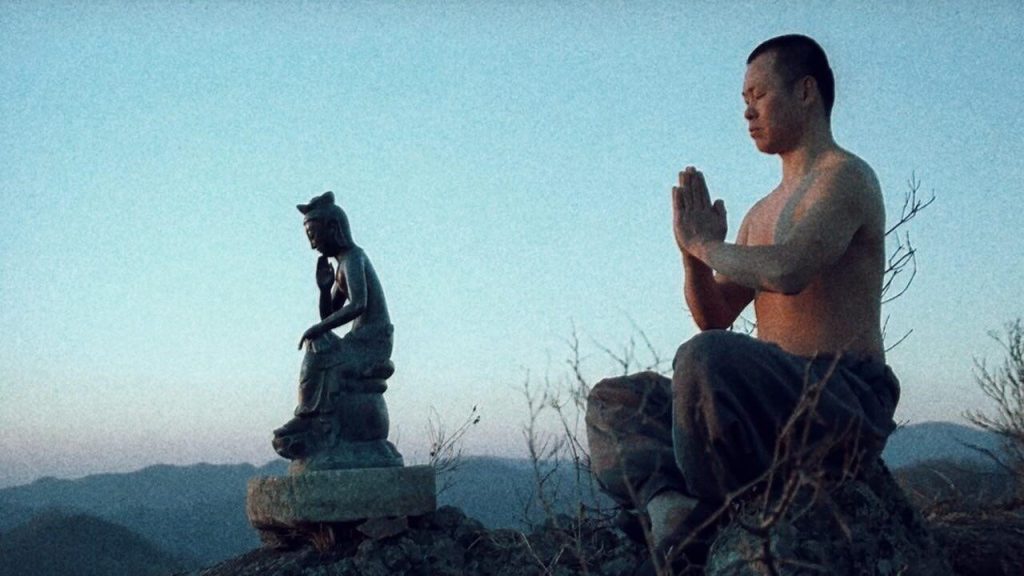
Conclusion
Korean director Kim Ki-duk is skilled at expressing his ideas by relying on images rather than dialogue, which I believe restricts our understanding of films. Regardless of the fact that the film relies on Buddhism while addressing major issues such as education, committing sins, upbringing, and life’s journey, it expresses its ideas without any biases that harm the film’s main message, which is the cycle of life, the repetition of mistakes, and our inner desire to reach a stage of happiness and peace. The inevitability of carrying a rock in our hearts appears to be necessary, so that we can transcend ourselves and embark on a journey that can end with true happiness and peace. Possibly the best description of this film is that made by the critic Roger Ebert, who said: “The protagonist in this film is life, and the antagonists are time and change. Nor is it that simple, because to be alive, you must come to terms with both of those opponents.”

T1613







